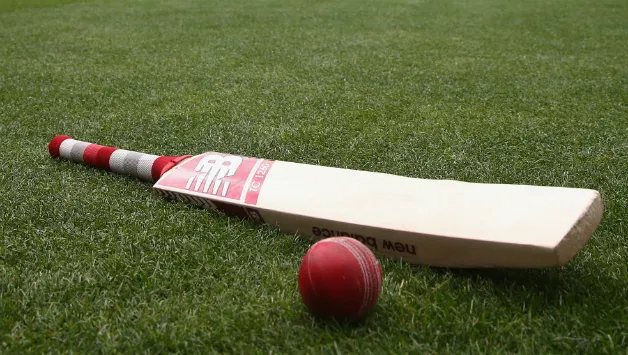
The sports equipment retail industry is constantly evolving, driven by consumer preferences, technological advancements, and shifting market trends. As we approach 2025, retailers need to stay ahead of the curve and adapt to the emerging trends shaping the sports gear market.
What Are The Emerging Trends in Sports?
Let’s dive into the key trends that will define the future of sports equipment retail.
1. Smart Sports Gear and Wearable Technology
The integration of technology into sports equipment is one of the most exciting developments in the industry. In 2025, we expect to see more sports gear equipped with smart technology, such as wearable fitness trackers, smart basketballs, and GPS-enabled running shoes. These products can track performance metrics, provide personalized recommendations, and help athletes improve their game. Retailers should prepare to meet the demand for these high-tech products by partnering with leading tech brands and offering a wide range of smart equipment.
2. Customization and Personalization
Consumers are increasingly looking for products that are unique and tailored to their specific needs. Customized sports gear, from personalized jerseys to tailor-made racquets, is gaining popularity. Retailers can offer customization options, allowing customers to add their names, favorite team logos, or unique colors to their products. Providing a personalized shopping experience can not only boost sales but also increase customer loyalty.
3. Sustainability in Sports Equipment
Sustainability is no longer a trend but a necessity for modern consumers. In 2025, the demand for eco-friendly sports gear will continue to rise, and retailers must embrace sustainable practices. From biodegradable tennis balls to recycled-material yoga mats, retailers who prioritize sustainability will stand out in a crowded market. Offering eco-friendly alternatives can also help attract environmentally conscious consumers who are willing to pay a premium for green products.
4. Expansion of Fitness and Wellness Products
As the demand for fitness and wellness grows, so does the demand for related products. Retailers can tap into the booming fitness market by expanding their offerings to include not just traditional sports gear, but also wellness products like resistance bands, foam rollers, and supplements. Consumers are investing more in home fitness setups, creating a significant opportunity for retailers to cater to this growing segment.
5. E-commerce Growth and Omnichannel Shopping
The rise of online shopping continues to reshape the retail landscape. Sports gear retailers will increasingly invest in their e-commerce platforms, offering seamless online shopping experiences, fast deliveries, and easy returns. However, the future of retail will not be limited to online sales alone. Omnichannel shopping, where customers can shop online and pick up in-store, will be crucial in offering convenience and flexibility. Retailers must focus on providing integrated shopping experiences both in-store and online to meet the expectations of today’s consumers.
6. AI and Virtual Reality in Shopping Experience
Artificial intelligence (AI) and virtual reality (VR) are transforming how customers shop for sports equipment. AI-driven recommendations based on past purchases or browsing history can help retailers personalize the shopping experience. Meanwhile, VR technology allows customers to try products virtually, such as testing out running shoes or cycling gear in a simulated environment. This immersive shopping experience will become more widespread in the coming years and can significantly enhance customer engagement.
7. Local and Indigenous Sports Gear
India’s diverse sporting culture is also leading to an increased interest in local and indigenous sports. Retailers can cater to this trend by offering gear related to traditional Indian sports like kabaddi, kho-kho, or gilli-danda. By embracing local culture and traditions, retailers can diversify their offerings and stand out in the market.
Read More: Rising Demand for Sports Gear in India
Conclusion: Adapting to the Future of Sports Retail
As we approach 2025, the sports equipment retail industry will continue to evolve rapidly. Retailers who embrace smart technology, sustainability, and personalized customer experiences will be best positioned to succeed. By keeping an eye on these emerging trends and adapting to consumer demands, retailers can not only stay ahead of the competition but also build a loyal customer base in the fast-growing sports gear market.


Hi, this is a comment.
To get started with moderating, editing, and deleting comments, please visit the Comments screen in the dashboard.
Commenter avatars come from Gravatar.